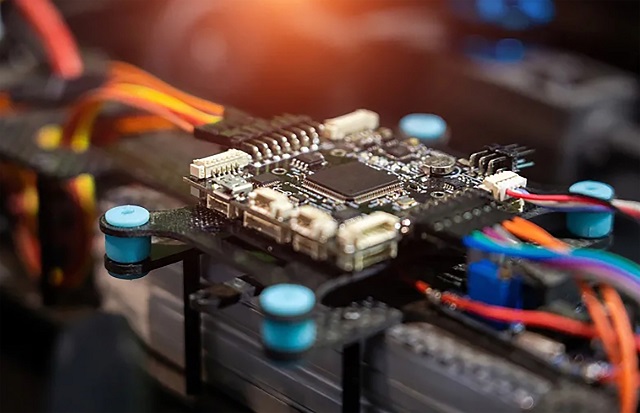Friends who have done single-chip microcomputer products know that the STM32 chip has multiple sets of VDD and VSS, as shown in the figure below:

So why are there so many pins? Wouldn't it be nice to have less? The fewer pins, the easier the PCB routing.
In fact, the chip is designed this way for a reason.
1. Increase the current supply capacity
The output current capability of the IO port of the single-chip microcomputer is limited. The IO port of the traditional single-chip microcomputer is generally about 10mA, and the IO port of the current single-chip microcomputer is generally 20-25mA.
The addition of multiple IO ports is equivalent to adding a lot of power supply channels and expanding the current supply capacity. Enhanced reliability compared to VDD on a single pin.

As shown in the figure, if the current flowing through one IO port is 20mA, the three IO ports will be 60mA.
2. Convenient to get electricity nearby
For the convenience of description, I drew a schematic diagram as follows.
If there is only one set of VDD, supply power from ①. When ② needs power, it can only flow along the path indicated by the arrow. It can be seen that the distance is relatively long.
When the load increases, the VDD current has a sudden change. The longer the path distance, the greater the voltage drop and the more obvious the power fluctuation, which affects the normal operation of the microcontroller.

If at this time, the external power supply VDD is directly connected to the microcontroller ②, the path is the shortest and the power supply is the most stable.



























